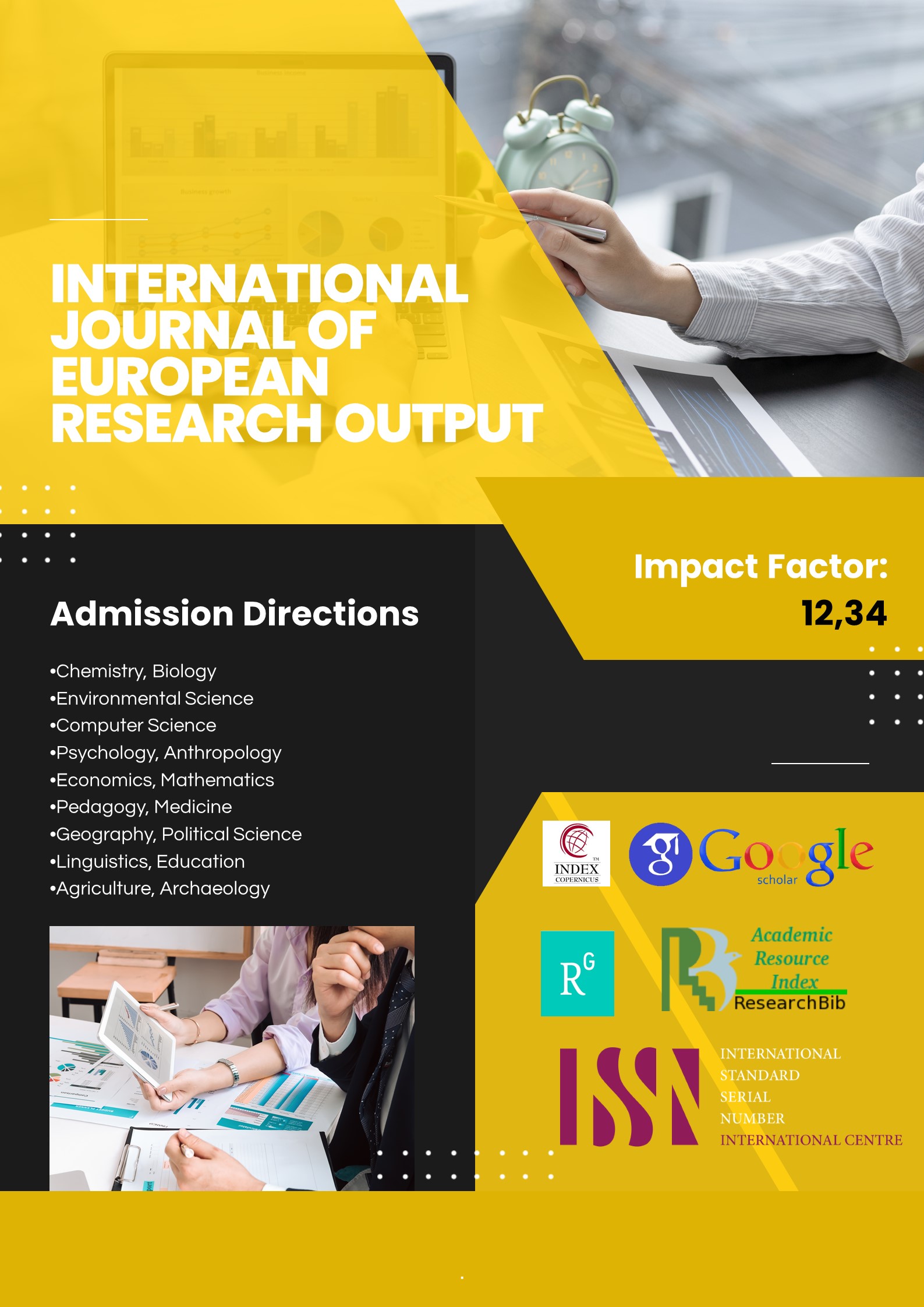HOW DO PEOPLE IN UZBEKISTAN USE AI IN THEIR JOBS AND STUDIES? DOES AI SERVE USEFUL PURPOSES OR MAKE INDIVIDUALS LAZY?
Main Article Content
Abstract
This research paper explores the integration of Artificial Intelligence in education and workplaces in Uzbekistan, striving to understand the public perspective and usage trends. The study evaluates the perceived usefulness of AI and its reliance on it through interviews with 10 students from diverse academic fields and 10 professionals from different sectors in Uzbekistan. Overall, the study highlights the higher AI adaptation among computer science and IT-related workers, both in terms of unitality and daily usage, whereas participants from social sectors and students from biology and math classes turned out to be more cautious about using AI. In fact, every interviewed person showed no opposition to the development of AI, although their usage rates differ dramatically. When I compared my research with previous studies, I noticed that I gained similar results generally. However, as my study is the latest assessment with the painstaking methods, my conclusion presented clearer suggestions, emphasizing the need to educate individuals to ensure responsible usage among the broader population. The study generalizes the current, localized attitude toward AI integration in Uzbekistan and can serve as an informative tool for future research in this field.
Article Details
References
https://daryo.uz/en/2024/10/18/uzbekistan-sets-ai-development-strategy-aiming-for-15bn-market-by-2030 (the most prominent and reliable uzbek website for news)
Government Portal of the Republic of Uzbekistan (2024). Uzbekistan 2030 Strategy, https://gov.uz/en/pages/2030_strategy
Global CIO (2023). Digital transformation of Uzbekistan, https://globalcio.com/articles/main/digitaltransformation-of-uzbekistan/.
UNICEF (https://www.unicef.org/uzbekistan/en/stories/supporting-republic-uzbekistan-shaping-future-learning)
International Journal of Studies in Business Management, Economics and Strategies (https://scholarsdigest.org/index.php/bmes/article/view/611?)
Manuvinakurike et al. (2021) - https://pubmed.ncbi.nlm.nih.gov/33578736/
Alneyadi, Wardat, Alshannag, & Abu-Al-Aish (2023) - https://nchr.elsevierpure.com/en/publications/the-role-of-artificial-intelligence-in-education-from-the-perspec?
Walden University, Using AI in learning- (https://www.waldenu.edu/programs/education/resource/five-pros-and-cons-of-ai-in-the-education-sector)
Khakimov, F. (2022a). Uzbekistan’s Digitalization Policy Achievements and Prospects, Uzbiridge
Zarei, Mohammad, Taghizadeh, Mohammad Reza, Moayedi, Seyedeh Samaneh, Naseri, Alireza, Al-Bahrani, Mohammed, & Khordehbinan, Mohammad Worya. (2022). Evaluation of fracture behavior of Warm mix asphalt (WMA) modified with hospital waste pyrolysis carbon black (HWPCB) under freeze–thaw damage (FTD) at low and intermediate temperatures. Construction and Building Materials, 356, 129184
Khan, Muhammad Farooq, Ahmed, Haron, Almashhadani, Haidar Abdulkareem, Al-Bahrani, Mohammed, Khan, Asif Ullah, Ali, Sharafat, Gul, Nida, Hassan, Tajamul, Ismail, Ahmed, & Zahid, Muhammad. (2022). Sustainable adsorptive removal of high concentration organic contaminants from water using biodegradable Gum-Acacia integrated magnetite nanoparticles hydrogel adsorbent. Inorganic Chemistry Communications, 145, 110057.
